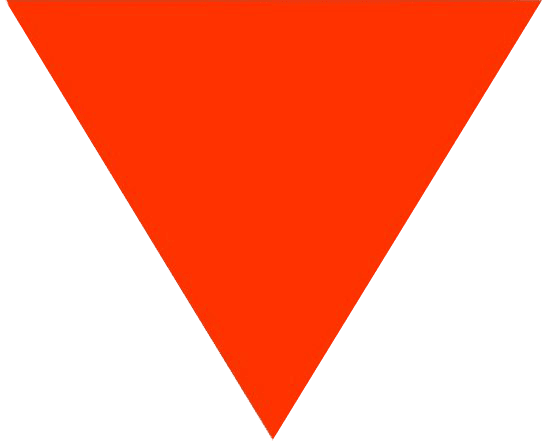Moss is growing all around us. On the roofs above our heads, on garden walls and in the cracks of pavements, but whilst moss is beautiful in our gardens and woodlands, it can be controlled in your lawn to prevent harm to your grass.
What is moss?
Mosses are non-flowering plants which produce spores. This can make control difficult as these spores can be bought into the garden (through wind or animals) and can quickly develop in your lawn given the right conditions. Whilst there are many varieties of moss, the most common found in UK lawns is Rhytidiadelphus Squarrous (Springy turf moss).
Moss thrives in damp shady conditions, so we find in Britain moss usually makes an appearance during autumn and winter as conditions this time of year become damp and dull. In lawns, moss grows in thick mats across the surface of the soil and has a tendency to spread quickly.

Mosses are non-flowering plants which produce spores. Moss thrives in damp, shady conditions and usually makes an appearance during autumn and winter when conditions are damp and dull.
Can moss harm my lawn?
We all want our much-loved lawns to thrive, which is why we have to be conscious of things that could potentially compete with our grass.
Moss left untreated in your lawn can rapidly take over. A thick layer of moss spread across your lawn will prevent vital water and nutrients from reaching the grass roots by absorbing them on the surface, leaving your grass plants to become starved and weak.
Although moss has it uses, left untreated in your lawn it can begin to deteriorate the lawns condition quickly causing:
- Difficulty mowing.
- Patchy lawn or uneven in colour.
- Lawn disease. The damaging condition moss has on your lawn makes your lawn more susceptible to disease such as Red Thread.
Removing moss from your lawn and keeping it under control can help improve both the aesthetic appearance of your lawn and importantly the impact moss has on the health of your grass.

Moss left untreated in your lawn can quickly takeover causing a thick carpet to spread across your grass which can be harmful to your lawn.
How do we control moss in your lawn?
It’s important to note, due to the natural habitat of moss, its not possible to indefinitely eradicate it but it can be controlled by improving the health of your lawn and by using appropriate treatments at the right time of year.
At Lawntech, we recommend a moss treatment during autumn and again in winter when conditions are cool and damp to effectively control moss. Our team of qualified technicians apply a moss treatment made from liquid iron with trace elements and wetting agents, as this not only effectively controls moss, but hardens and conditions the grass plants throughout the winter months.
After application, the moss will blacken as it dries out. To give your lawn a little helping hand, the dead moss can be easily raked out. Your grass will slowly fill in these affected areas so don’t be alarmed by the dark appearance; your lawn may well look a little worse before it looks better.

A moss treatment in the autumn and again in winter will blacken moss as it dries out. This will effectively control moss and harden the grass plants for winter.
Can I prevent moss in my lawn?
Although we can’t necessarily control the way in which moss can be bought into our gardens, its development from this can be a sign of minor underlying issues or occurrences with your lawn. Moss only invades where it has the space to do so, therefore addressing this can prevent it taking hold in future.
Here’s what you should be looking out for in your lawn and how to address this to discourage moss:
- Too much thatch can encourage the growth of moss. Scarification helps to get rid of excess thatch and will help against the arrival of moss.
- If your garden has poor drainage or acidic soil conditions, it will be more susceptible to moss. We recommend regularly aerating your lawn to benefit your soil and drainage conditions and avoid moss taking over.
- If your grass is cut too short, this makes way for moss to overtake. Cut your lawn to a height which is suitable for your grass to avoid damaging the roots.
- Too much shade can allow moss to thrive. If there is a lot of shade covering your lawn, it’s best to trim back your bushes and trees to allow for sunlight.
- Clear those leaves. This time of year, leaves can leave the lawn shaded and block sunlight and nutrients. So blow away those leaves, your lawn will thank you!
- A poorly fed lawn can pave the way for moss. Feeding your lawn, a good balance of nutrients will promote healthy growth that can compete better against moss.

A poorly fed lawn can pave the way for moss. Feeding your lawn, a good balance of nutrients will promote healthy growth that can compete better against moss.
A healthy lawn is less likely to be invaded by moss. To prevent moss from returning, encourage vigorous grass growth by feeding and regular maintenance.
At Lawntech, we offer a moss treatment and an autumn feed to suppress moss, increase disease resistance and green up your lawn for a hardy lawn through winter.
To find out more about our treatments and how our annual lawn care programme can benefit your lawn this autumn and winter, you can contact our friendly team here or using our easy and unique measuring tools, you can obtain your free, instant online quote today.



